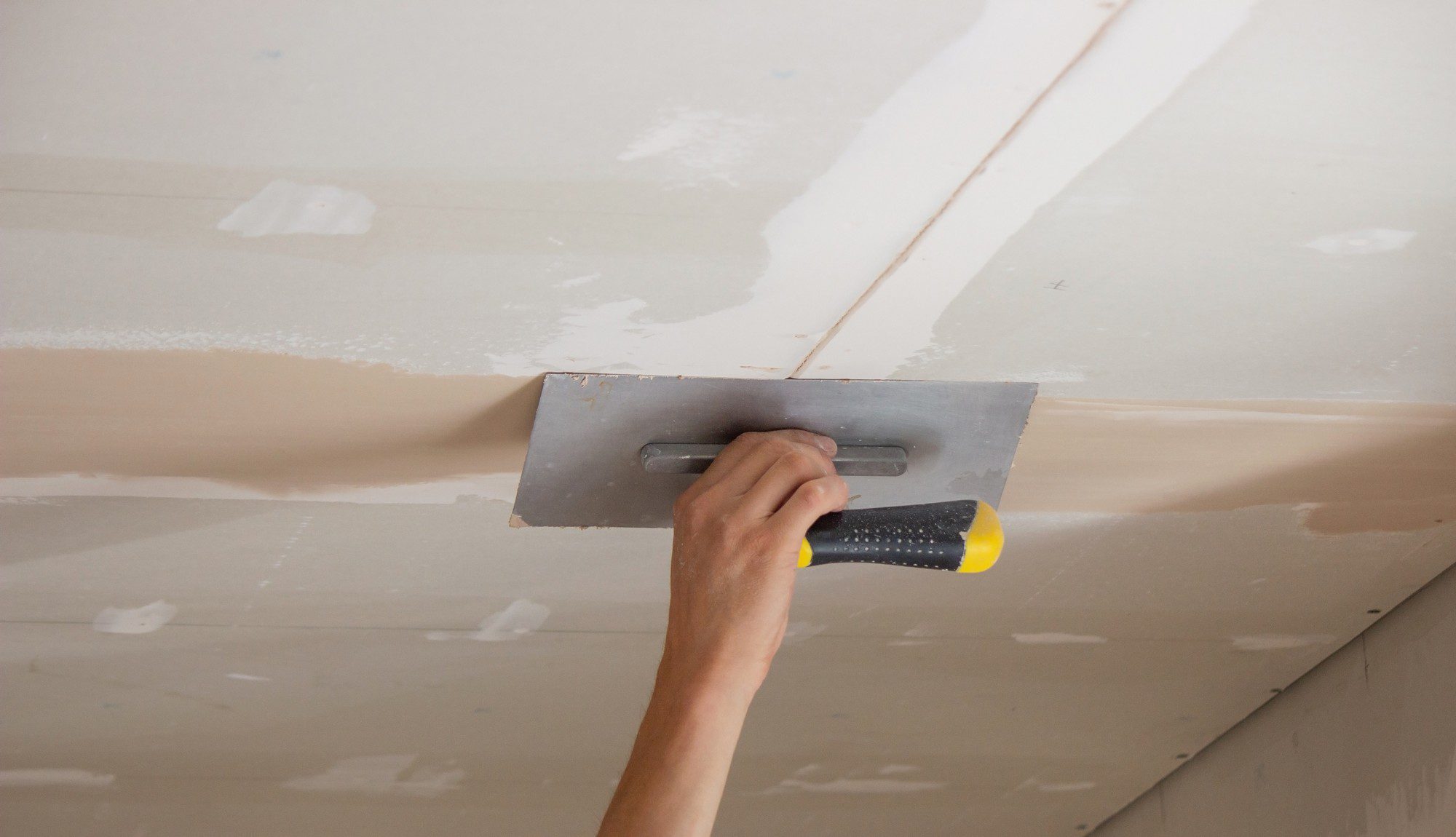How Long Between Plaster Coats: A Complete Guide from John Stanley & Son Plastering
Plastering is an art, and like any art, timing is everything. At John Stanley & Son Plastering, we often receive questions about the appropriate drying times between plaster coats. Knowing "how long between plaster coats" can significantly impact the quality and durability of the finish. Whether you're a DIY enthusiast or a homeowner in need of professional service, understanding these key timings is crucial for achieving flawless results.
The Importance of Proper Drying Times
Timing plays a critical role in plastering. Apply coats too soon, and you risk ruining the finish; wait too long, and you might face adhesion problems. Proper drying time ensures that each layer binds effectively, creating a smooth, resilient surface that stands the test of time.
What Factors Affect Drying Time?
Several factors influence drying time, from the type of plaster used to environmental conditions. Generally, professionals like us at John Stanley & Son Plastering follow these key determinants:
- Type of Plaster: Gypsum-based plasters dry faster than lime-based ones.
- Thickness of the Coat: Thicker layers take longer to dry.
- Humidity and Temperature: High humidity and low temperatures slow down drying progress.
- Ventilation: Well-ventilated areas promote quicker drying.


How Long Between Plaster Coats?
Gypsum Plaster
For gypsum plaster, we generally recommend waiting around 24 hours between coats. This period allows the plaster to harden and set properly, providing a sturdy base for the next layer. Gypsum plaster is well-suited for interior walls and ceilings due to its smooth finish and quick drying time.
Lime Plaster
Lime plaster, known for its breathability and flexibility, requires more patience. Typically, waiting a full 7 to 10 days between coats ensures optimal adhesion and durability. Lime plaster is an excellent choice for older buildings or those built with traditional methods, as it permits walls to breathe, preventing condensation and damp.
Ready-Mixed Plaster
Ready-mixed plasters, often used for smaller repairs or patch jobs, have varying drying times based on the manufacturer’s guidelines. Always consult the product instructions, but a safe bet is usually between 12 to 24 hours.
For more comprehensive information on our plastering services and specific plastering needs, feel free to learn more about our plastering services.
Steps to Ensure Proper Drying
Monitoring Humidity
Consider using a dehumidifier or ensuring proper ventilation in the room to maintain optimal humidity levels. This step significantly impacts the drying time and the final quality of the plaster.
Using a Mist Coat
Once the base coat is completely dry, applying a mist coat can help prepare the surface for subsequent layers. A mist coat is a diluted mixture of paint and water that seals the plaster, preventing it from sucking in too much moisture from the finish coats.
Providing Adequate Ventilation
Ensuring windows and doors are open enhances air circulation, aiding the drying process. In cases where ventilation is poor, fans can be used to keep the air moving.
Common Mistakes to Avoid
Skipping Wait Times
One of the most common mistakes is not allowing each coat to dry completely before applying the next. Rushing can lead to a host of issues, including cracking and poor adhesion.
Incorrect Mixing Ratios
Ensuring you follow the recommended mixing ratios for both plaster and any additives is crucial. Incorrect ratios can alter drying times and compromise the quality of the finish.
Poor Surface Preparation
Always ensure that the surface is clean, dust-free, and appropriately prepped to receive the plaster. Using a primer or a bonding agent can enhance adhesion and longevity.
For more expert tips and advice, take a look at our lime plastering guides.


When to Call a Professional
While DIY plastering can be rewarding, it often requires a level of skill and experience that comes only with years of practise. Improper plastering techniques can result in a poor finish that necessitates costly repairs. At John Stanley & Son Plastering, our team of professionals is always on hand to help with your plastering needs.
Benefits of Professional Plastering Services
- Quality Assurance: Professional plasterers guarantee a high-quality finish.
- Time Efficiency: Experts can complete the job faster, saving you time and effort.
- Long-lasting Results: Proper techniques and materials ensure durability.
Interested in our services? Contact us for a consultation and see how we can help transform your space with impeccable plastering.


Final Thoughts
Understanding "how long between plaster coats" can make or break your plastering project. While waiting times might seem like a minor detail, they play a pivotal role in the overall success of the job. At John Stanley & Son Plastering, we pride ourselves on expertise, reliability, and delivering top-tier results for our clients.
Feel free to explore more about our practices, materials, and services here.
By following these guidelines and knowing when to call in the professionals, you’re well on your way to achieving a perfect plastered finish.
By adhering to these principles and ensuring proper drying times, you can avoid common pitfalls and achieve a long-lasting, beautiful finish. Whether you're embarking on a DIY project or considering hiring professionals, remember that patience and precision are key to successful plastering.
For more detailed inquiries or to book a service, contact John Stanley & Son Plastering today. We’re here to help!
Call Us Now 07961206573
Interested In A Service? Contact Us!
Additional Links
- Transforming Homes and Businesses: The Art of Professional Plastering
- The Art of Plastering: Transforming Your Dorset Home or Business
- Unlocking the Potential of Professional Plastering: Transforming Your Dorset Property with John Stanley & Son Plastering
- The Art of Plasterwork: Transforming Interiors with John Stanley & Son Plastering



